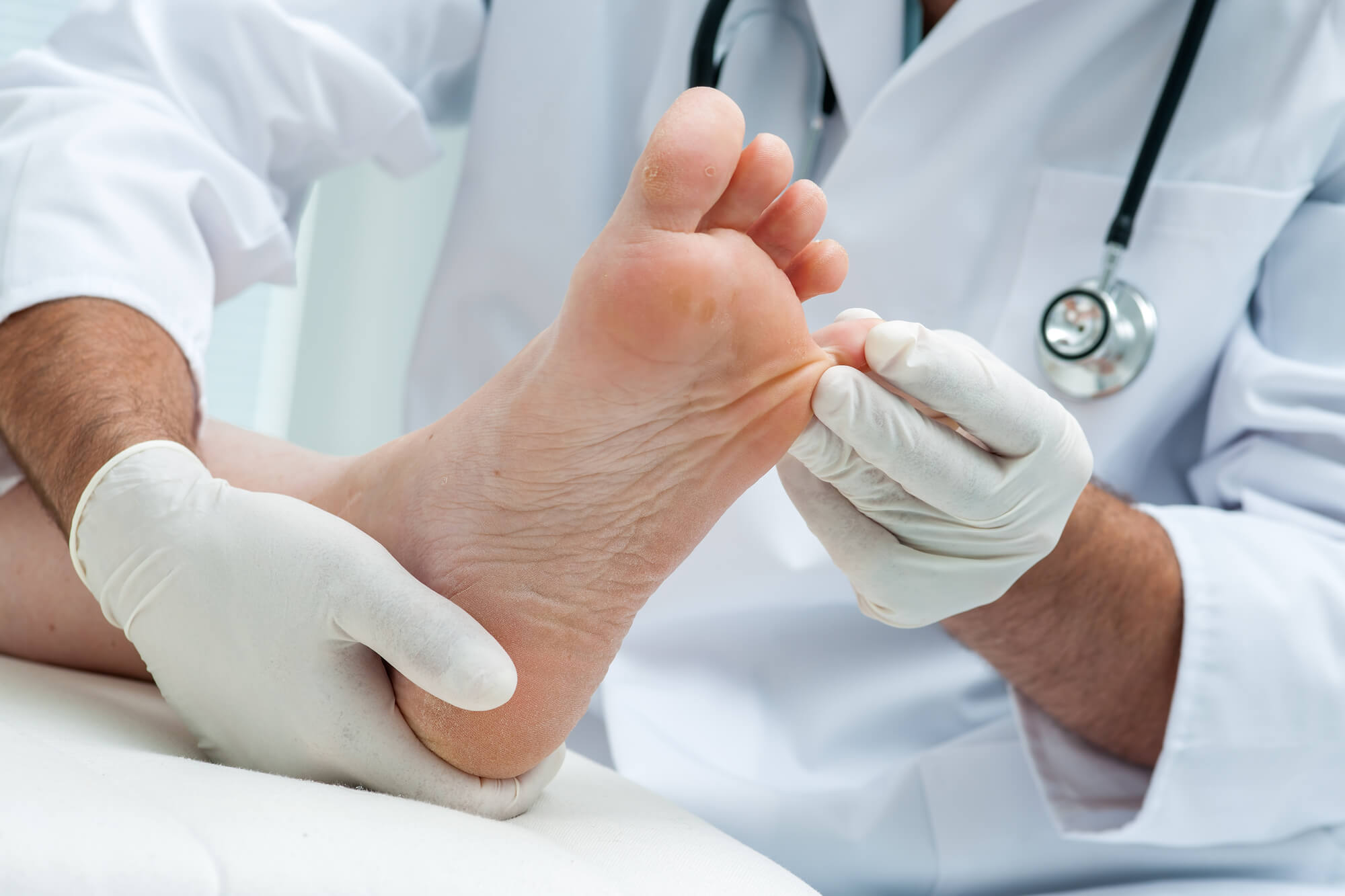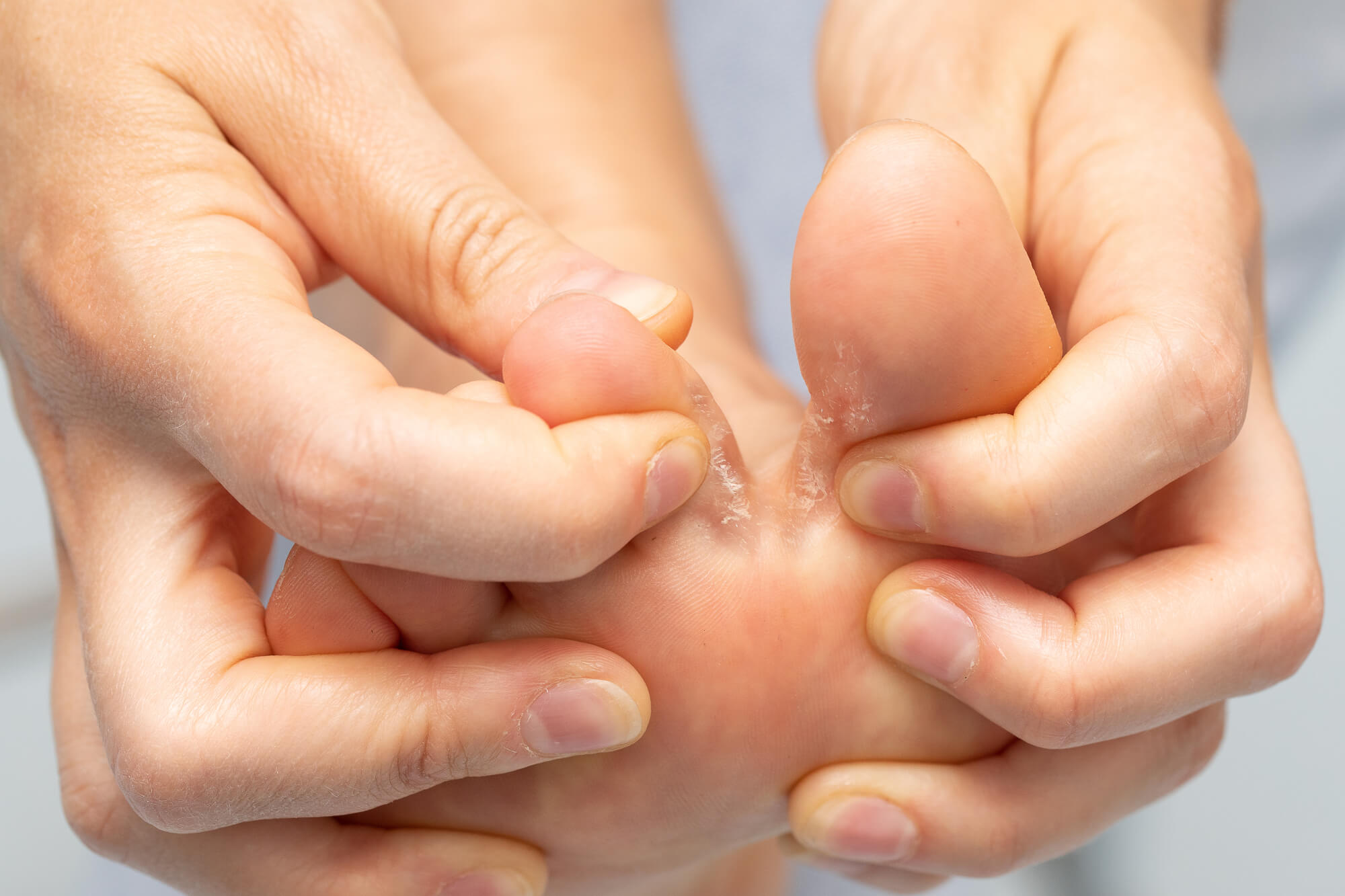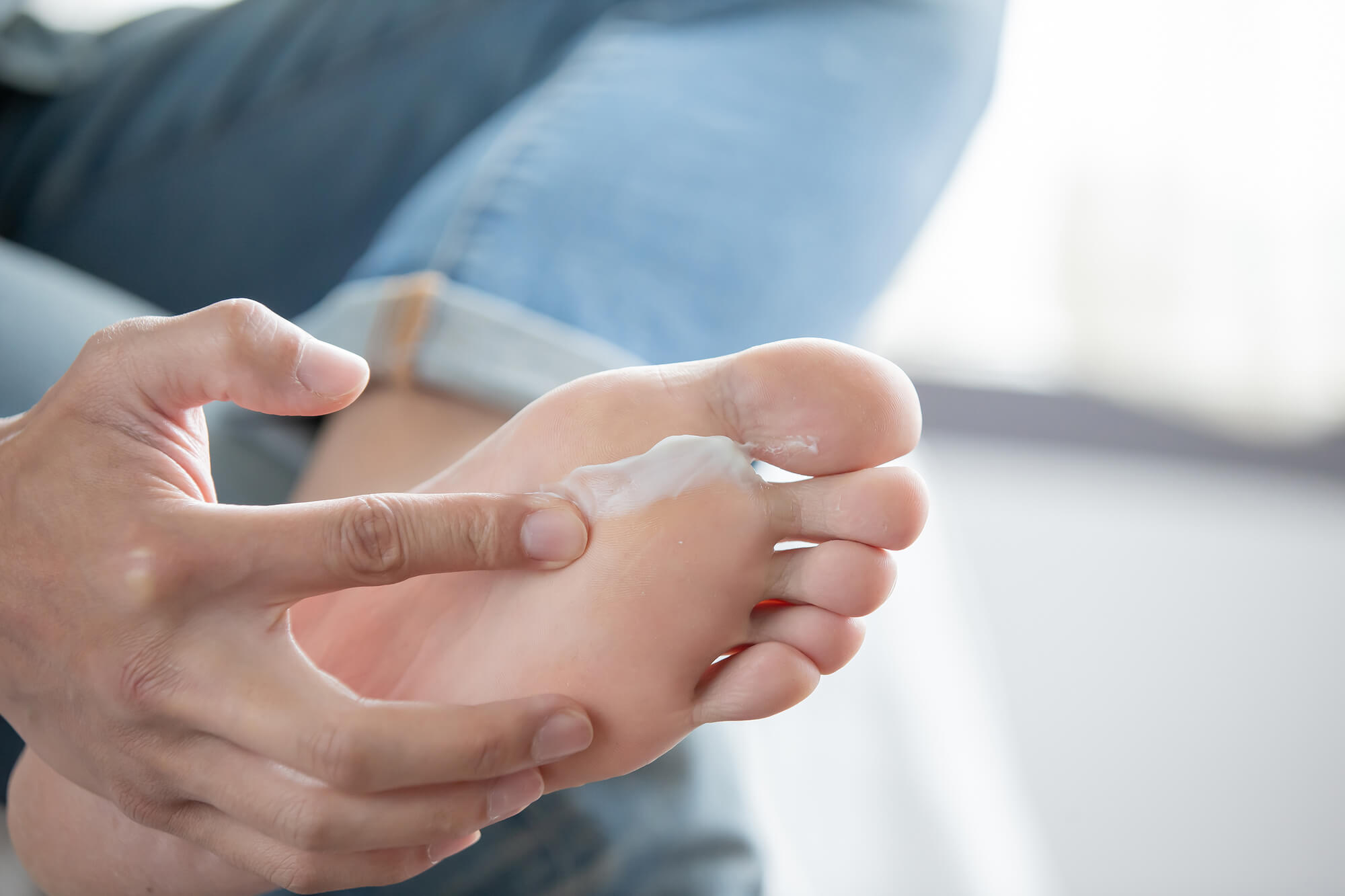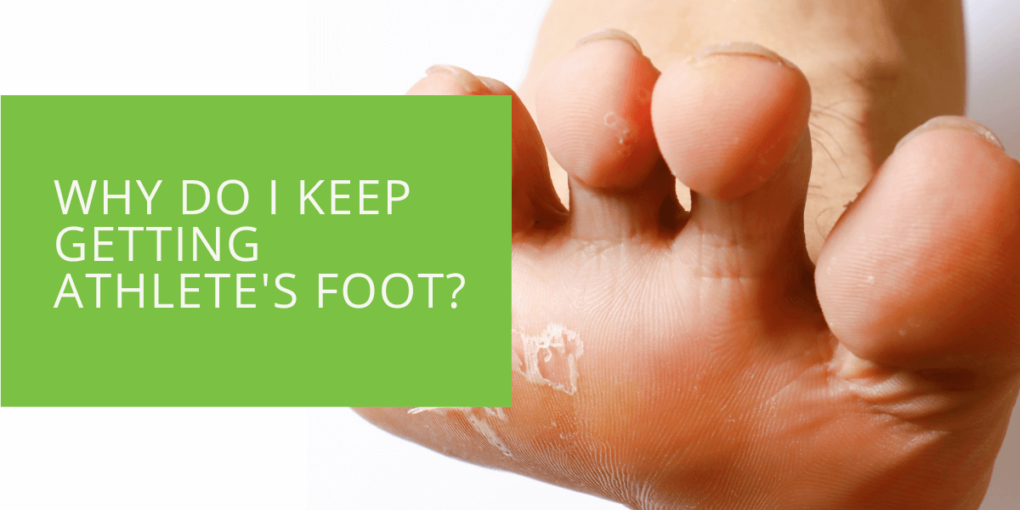Why Do I Keep Getting Athlete’s Foot?
Do you keep getting athlete's foot, despite your best efforts to prevent it? Athlete's foot is a common condition caused by a fungal infection that affects the skin on the feet. While it's often easily treatable, it can be frustrating to experience recurrent episodes. In this article, we'll explore the causes of athlete's foot in detail, and provide expert tips to help you prevent and treat this condition for good.
What is Athlete's Foot?
Athlete's foot is a fungal infection that affects the skin on the feet. It's caused by a group of fungi called dermatophytes, which thrive in warm, moist environments like showers, swimming pools, and locker rooms. The condition is highly contagious, and can be spread through direct contact with an infected person or by contact with surfaces contaminated with the fungus.
The symptoms of athlete's foot can include itching, burning, and stinging on the soles of the feet and between the toes. The affected skin may be scaly, flaky, or have a rash-like appearance. In severe cases, athlete's foot can also spread to the toenails, causing them to become thick and discolored.

The Causes of Athlete's Foot
Walking Barefoot in Public Places
Walking barefoot in public places, such as locker rooms or swimming pools, is one of the most common causes of athlete's foot. These places are hotspots for the fungi that cause athlete's foot, as they thrive in warm, moist environments.
To prevent athlete's foot from walking barefoot in public places, it's important to wear flip-flops or other protective footwear. Additionally, dry your feet thoroughly after being in a moist environment.
Sweating Excessively
Sweating excessively is another common cause of athlete's foot. When the feet are constantly moist, it creates the perfect environment for fungi to grow and thrive.
To prevent athlete's foot from excessive sweating, it's important to keep your feet dry. This can be achieved by wearing moisture-wicking socks, changing your socks frequently, and using a foot powder to help absorb excess moisture.
Wearing Tight or Non-Breathable Shoes
Wearing tight or non-breathable shoes is another common cause of athlete's foot. These types of shoes can create a warm, moist environment that is ideal for fungi to grow.
To prevent athlete's foot from tight or non-breathable shoes, it's important to wear shoes that fit properly and allow your feet to breathe. This means choosing shoes that are made from breathable materials, such as leather or mesh, and avoiding shoes that are too tight or narrow.
Having a Weakened Immune System
Having a weakened immune system can also increase your risk of developing athlete's foot. People with conditions such as diabetes, HIV, or undergoing chemotherapy may be more susceptible to fungal infections.
To prevent athlete's foot with a weakened immune system, it's important to take extra precautions to keep your feet clean and dry. This may include using an antifungal spray or powder, or using over-the-counter antifungal medications as directed by your podiatrist.

Other Skin Conditions
Other skin conditions, such as eczema or psoriasis, can also increase your risk of developing athlete's foot. This is because these conditions can cause the skin to become dry and cracked, making it more vulnerable to fungal infections.
To prevent athlete's foot with other skin conditions, it's important to keep your feet moisturized and well-hydrated. This can be achieved by using a moisturizer specifically designed for the feet, and avoiding harsh soaps or chemicals that can dry out the skin.
Prevention
There are several steps you can take to prevent athlete's foot. These include:
- Keep your feet clean and dry
- Wear protective footwear in public places
- Change your socks frequently
- Use a foot powder or antifungal spray
- Avoid wearing tight or non-breathable shoes
- Keep your feet moisturized
- Don't share towels or other personal items with others
By taking these simple precautions, you can significantly reduce your risk of developing athlete's foot.

Treating Athlete's Foot
If you develop athlete's foot, there are several treatments available. Mild cases can often be treated with over-the-counter antifungal medications, such as creams, sprays, or powders. These medications work by killing the fungus that is causing the infection.
In more severe cases, your podiatrist may prescribe stronger antifungal medications or recommend other treatments, such as soaking your feet in an antifungal solution or applying a topical steroid to reduce inflammation.
It's important to follow your podiatrist's instructions carefully and complete the full course of treatment, even if your symptoms improve before the medication is finished. This will help ensure that the infection is completely cleared up and does not return.
Conclusion
Athlete's foot is a common condition that can be caused by a variety of factors. By taking simple precautions, such as keeping your feet clean and dry and wearing protective footwear in public places, you can significantly reduce your risk of developing this fungal infection. If you do develop athlete's foot, prompt treatment is important to prevent the infection from spreading and to help relieve symptoms. If you have concerns about your foot health, don't hesitate to contact your podiatrist.

